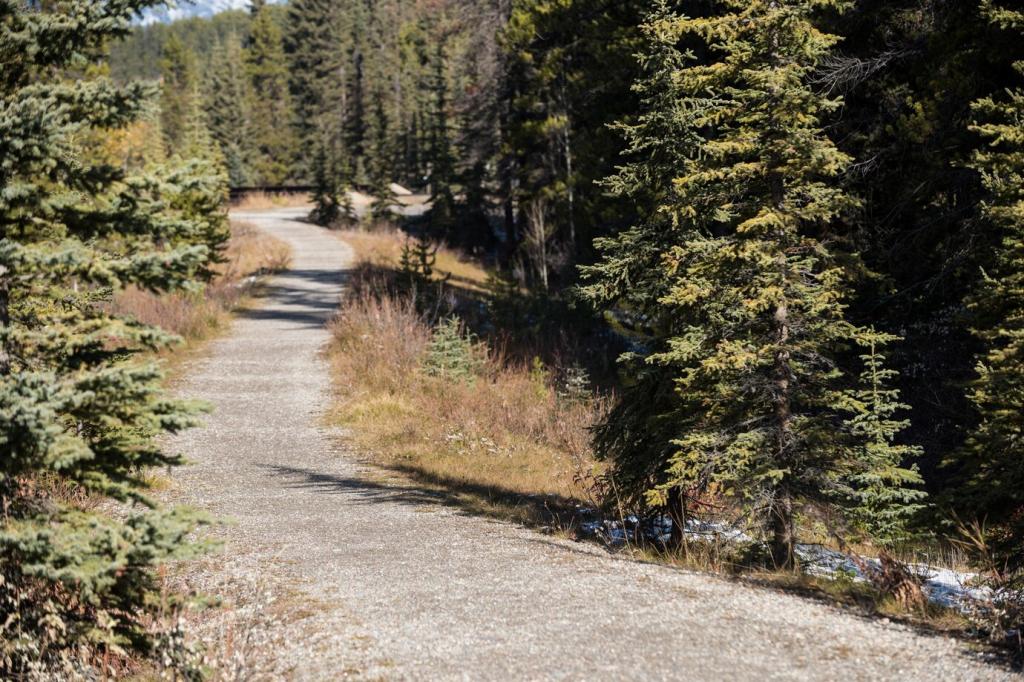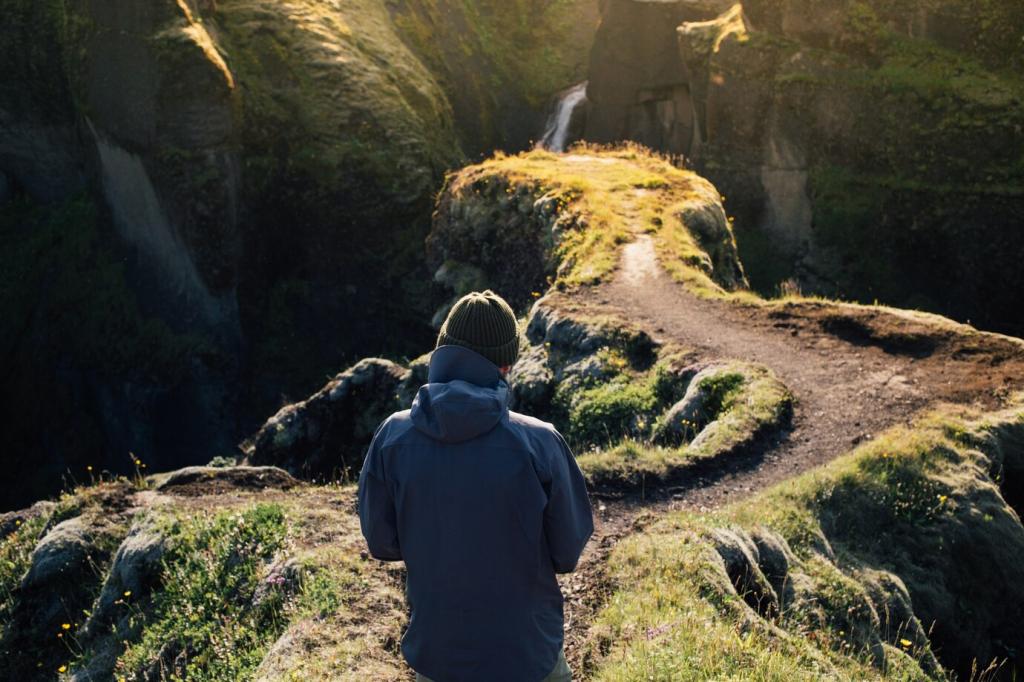What Makes a Trail Truly Beginner-Friendly?
Start with short distances, ideally one to two miles, and modest elevation gain under 200 feet. Smooth surfaces—paved, packed dirt, or boardwalk—make footing predictable. Gentle grades and wide paths reduce fatigue, letting your attention shift from watching every step to soaking in scenery and creating lasting, inspiring memories.
What Makes a Trail Truly Beginner-Friendly?
Clear trail signs, wayfinding markers, and nearby restrooms ease first-hike nerves. Many beginner-friendly trails sit near visitor centers for quick help and maps. While cell coverage can be patchy, simple offline maps or a paper brochure add confidence, ensuring you always know where you are and where you are headed next.


